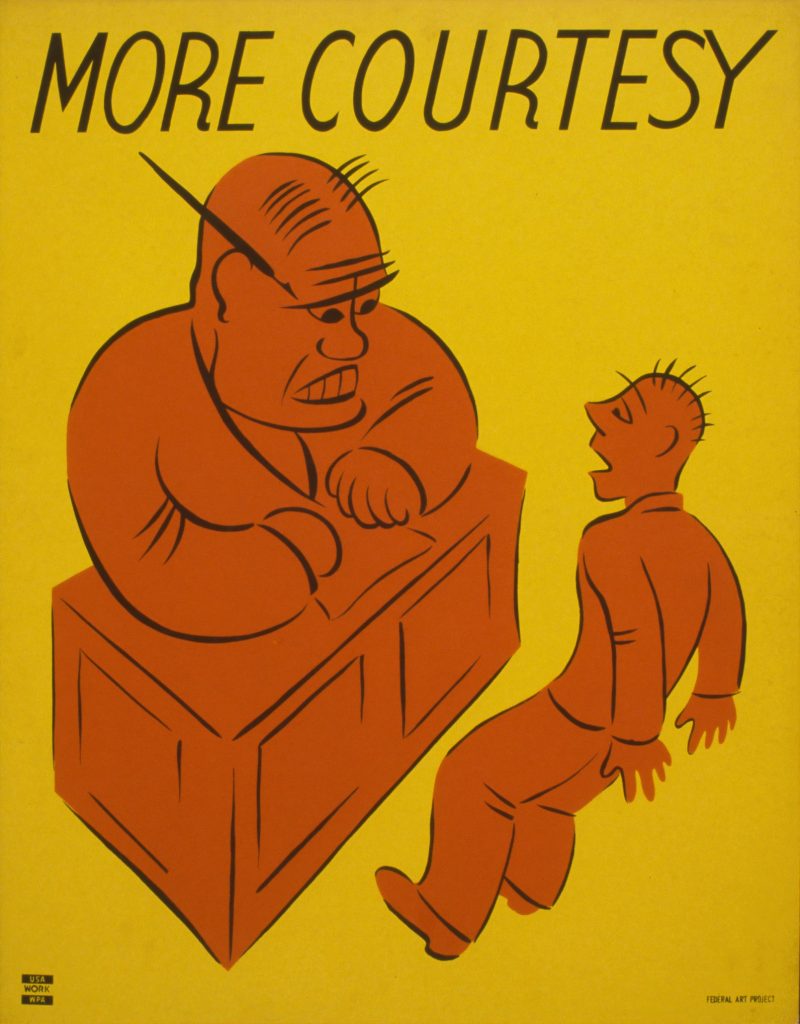Part One

In the last post, the discussion was about Hoffer and Adult Arrested Adolescence. If we are going to examine the theory of the Tri-A maybe describing adolescence would be good.
To review, the thesis is that certain adults keep adolescent characteristics well into adulthood, partially out of habit but also because as their brains develop, they get “stuck” in adolescence. My first question was, “If they fail to break out of an adolescent thought structure do their brains fully develop?” Observation seems to show they do not.
O Adolescence, O Adolescence,
I wince before thine incandescence.
Thy constitution young and hearty
Is too much for this aged party.
Thou standest with loafer-flattened feet
Where bras and funny papers meet.
When anxious elders swarm about
Crying “Where are you going?”,
thou answerest “Out,”
Leaving thy parents swamped in debts
For bubble gum and cigarettes….
Ogden Nash,
What we know about Adolescence now.
This connects to two of the principal features of the adult arrested adolescent state. The first is what Hopper describes as “damaged self” and it is a description of a type of personality development that includes substantial self-loathing. The second is a matter of brain development that fixes (arrests) the adult in the complex of adolescent behaviors.
There is a third concern, and it is that Adult Arrested Adolescents (TriA) are easily groomed for risky street protest activity by movement organizers. Since the adult brain is not fully formed until the age of 25 years, it is not fully capable of critical analysis until approximately that age. So, they are easily led. Failing to break out of adolescent naïveté and into adult responsibility leaves them in a thinking pattern that is so emotional and so able to believe two or more completely contradictory ideas; they may eventually need the help of a psychiatrist or counselor.
You try to protect them from something like this – but this is something new. It is due, many professionals conclude and empirical evidence suggests, to the protective nature of helicopter parents and a permissive agendized society that wants children to be pliable and easily led. Adolescence was once a very brief period of development. Today it may last from ages 12 through 24. That may be why your kiddo spends most of their time playing and will not keep a job.

Everything your child hears sees or reads today has been written with an intent to persuade them to adopt some cause or buy some product. They are also urged toward a liberal agenda as if it were a religion. It’s not coming from the black and white TV screens mounted on dark grey walls like Orwell’s movie 1984. But even while coming from the bright lights and colorful videos and animations, the aim is no different. News commentators, late-night hosts, sit-coms and sanctimonious documentaries tell us we must do something to save something else. It is all converting your child — and you into a different worldview.
Along with that limitation, s smothering parents and the progressive schools leave them with no adult script as they grow older. As Ammie Holmquist described in her article on “Adulting,” they may become attracted to any person or movement that promises to care for them. The article points out that Adulting schools have been created to teach children basic chores taught by parents in previous generations.
The latest generations of parents have kept their children so involved in band, track, dance, and other after school activities that they have less opportunity to learn from extended family. It is doubtful the latest round of parents can teach the same practical chores of just twenty-five years ago. Children are told they are special, that great things are in store. As a result, they wait around with their video games for those things to happen. Children who are taught they are exceptional get the idea they are owed good things. Some never even consider doing something to get them through their own effort.
Children who are never taught how to lose and win cannot deal effectively with difficult periods of life. Peter Grey, In Psychology Today, said “America’s college students are delicate, immature wusses who become traumatized, get the vapors and seek professional counseling any time they face adversity or — God forbid — earn a grade lower than a ‘B.” Grey blames “helicopter parents” who have kept their kids so busy with after school activities where they are protected and coddled. Their games have no winners, their achievements are made on safe sports courts and their practical education is made up of things they paste to cardboard display boards in science classes.
The results of the 2016 election show that his ideas have merit as liberal college kids sought counseling in record numbers when Hillary Clinton did not win the 2016 election. There is the opposite of being pampered. My children are adopted. After leaving law enforcement working in the adoption field was my next step. There was a big learning curve as well as some familiar themes on behavior and psychology. Children who are abandoned, mistreated, hurt, or deprived are just as confused by a system without parents. My children were lost in a world of make-believe to the point I once heard them comparing which Pokemon hero would best protect them if a burglar broke in the house. Many children coming through the foster care system were prone to magical thinking and believing in myth. They were the same type of “damaged” person that Hoffer described. There are always some in every one of my classrooms. They need attention, they get lost in Manga fantasy comics and are easily led by social movements and imaginative games and movies. They are easily led to gangs, race-related beliefs, and proselytizing from community organizers. They are told they are somehow being picked on and the deck is stacked against them. There is even a backward belief that it does not make any difference if they get an education, no one is going to let them be successful. They too become victims of a different brand of mass movement populist, most of whom forget them until the next election.
The main things you will see in adolescents are these six traits. Any parent who has dealt with a child between two and twenty-one is familiar. The next step will be to compare these things to what we see when the Tri-A is in action either in your world or the world stage.
A shortlist of adolescent characteristics:
• Creation and asserting identity, who am I?
• Resisting Rules and Authority/Magical Thinking
• It is a highly emotional period, ranging from hilarity to depression.
• Independence and self-centeredness
• Creating strong friendships
• Rapid changes in behavior, identity disturbance – or trying to find oneself.
In the Tri-A, these characteristics look a little different. You have a young adult through a full-grown older person who still thinks like an adolescent.
Seeking Identity – these fall into one of several groups. One I have dealt with often in law enforcement hiring is the “Comma Guy” who is not happy with the answer to, “Who am I?” They want to become police officers to answer that question. Their business card will then read, Bill Dewanabe, Police Officer. What comes after the comma can be private investigator, massage therapist (unlicensed,) but often can be translated – “self-proclaimed world’s foremost authority.” These types may have some college hours but are still poorly educated social misfits with low self-esteem. They want to re-invent themselves by literally wearing their identity as police officers, fire personnel, and of course, political candidates. They make poor police officers and worse politicians.
The next characteristic is resisting rules and magical thinking. Adolescence is a period characterized by both depression and a few manic periods thrown in. There will always be one who slips booze on the band bus or takes the family car on a joy ride with their friends long before they have a license. They have a bit of arrogance that says, the rules do not always apply to me. Move that forward into their late 20’s and they will have at least one DWI or minor arrest. Flaunting rules is like magical thinking, they have something special that makes the rules not applicable to them. In children, it means they believe in Santa Claus. But Tri-As, believe in unproven quasi-scientific doom and gloom scenarios right up to and including a zombie apocalypse caused by a rogue comet. They believe in the ‘butterfly effect,’ that is the wafting of wings of a butterfly in Colorado will cause a ripple that will eventually lead to a hurricane in the lower Caribbean.
Elsewhere you heard that adolescence is a highly emotional period of depression and hilarity. A lot of adults who binge drink, want quickie sex with anonymous partners, or often flip out into full rage are Tri-As who learned no impulse control. Suicides also fit into this mold. Those who learn some impulse control and can hide their highs and lows can be incredibly good in sales and motivation businesses, maybe entertainers. But the highs have lows and can become real psychological problems and being unable to control their emotions may become deadly. These Tri-As are the bomb-throwers in their chosen mass movement. Add to that, they are often willing to die for the cause, and every hill is the one they want to die on. From the perspective of a manager of a business or a police agency – we cannot have those people around because they are completely unpredictable. But to an agenda-driven community organizer, these people are golden. It does not bother them that they may die – the movement may not let them live after the revolution anyway. So many, like the Bolsheviks and the Brown Shirts found that out the hard way.
The last three categories in the list can be positives as well as negatives. Good friends are important to everyone, but having friends you continue to call “nice guys” when they are doing bad things is a problem. The TriA cannot differentiate between a real friend and one who is simply using them. Both independence and loyalty can be misplaced when the TriA has enjoyed the new friends in the local chapter of a mass movement. Even their parents cannot convince them the fun they are having in the group is not good. The last category, trying to find oneself should be done in good positive attempts to improve things. Following a cause and trying to promote a myth created by community organizers or Hezbollah are not positives. But young people do it every day and join a cause that will ultimately ruin them.
If our country has such a huge number of adult and almost adult people, who lack critical thinking skills, think magically, and are groomed to only accept the word of a central authority inside government or a politically correct does the country have a crisis? It is after all the very essence of the argument for the separation of Church and State. The overall tilt of society toward social issues is the very epitome of a religion. It is buying into a system that demands it be able to tell us what do to.

***
This is part one of a three-part article. Part 2 will discuss how a huge Union and mythology affect education. It will also introduce you to a Teacher of the Year who says schools indoctrinate rather than teach…
Please sign up with your email to be notified of offers, freebies, new books, Advanced Review Copies, or whatever we can cook up. No spam, we promise
